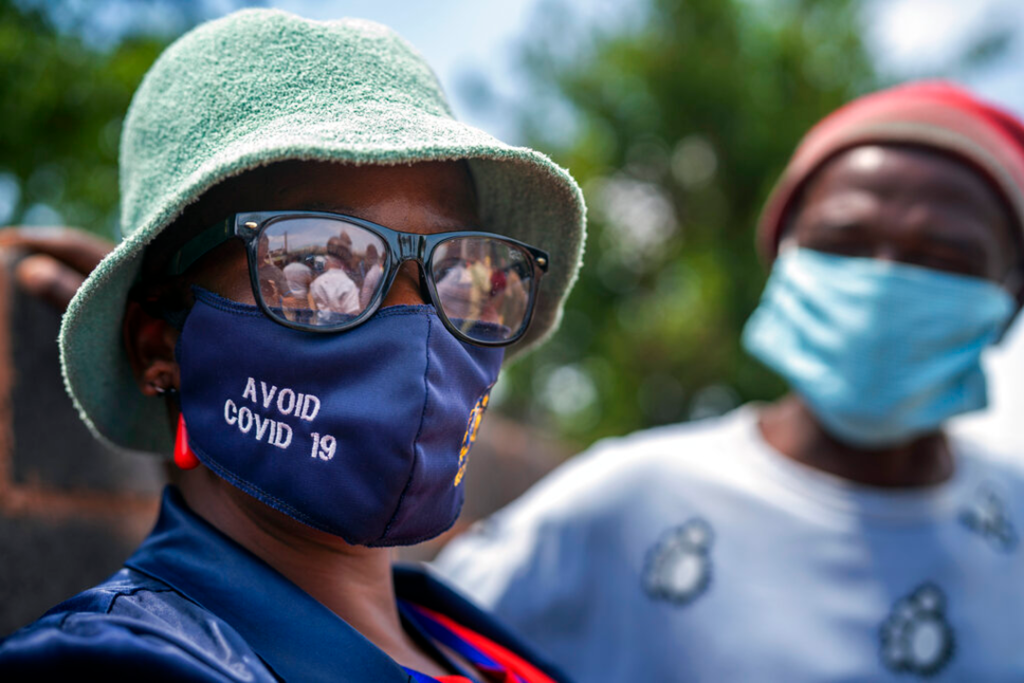ADF STAFF
On December 12, 2021, South Africa reported 37,875 cases of COVID-19, marking a new daily record that would later be seen as the peak of the virus.
By late January 2022, new cases in South Africa had dropped sharply and plateaued at a little more than 3,000 cases per week.
As countries around the world experience a similarly rapid rise and fall of infections from the omicron variant, some health experts are saying future variants of COVID-19 could be weaker.
“If previous variants caused waves shaped like Kilimanjaro, omicron’s is more like we were scaling the north face of Everest,” South Africa’s leading infectious diseases epidemiologist Salim Abdool Karim told The Washington Post newspaper.
“Now we’re going down, right back down, the south face — and that is the way we think it may work with a variant like omicron, and perhaps even more broadly what we’ll see with subsequent variants at this stage of the pandemic.”
Before omicron, SARS-CoV-2 was evolving to be more severe. A study from England showed that the alpha variant was roughly 40% more likely to kill a person than the original virus. Delta was about twice as likely to cause hospitalization than alpha.
Then omicron brought “good news,” according to World Health Organization (WHO) Incident Manager Dr. Abdi Mahamud.
“We are seeing more and more studies pointing out that omicron is infecting the upper part of the body,” he told reporters in Geneva, Switzerland. “It’s unlike the other ones that could cause severe pneumonia. What we are seeing now is … the decoupling between the cases and the deaths.”
A study by Hong Kong researchers found that omicron multiplies 70 times faster in the airways compared to delta, which could make people more infectious more quickly. Compared with delta, however, omicron infections were half as likely to send people to the hospital.
That shift from the lungs to the upper respiratory system has been key, Karim said.
“Omicron doesn’t really grow that well in lung cells, but it grows very well in the nose,” he said during a January 12 interview on Johannesburg Radio 702. “That’s why it spread so fast but doesn’t cause severe disease where you need oxygenation.”
Mahamud urged caution, however, calling South Africa an “outlier” because of its young population, among other factors. He warned that omicron still constitutes a threat to countries with weaker health care systems.
One of his colleagues at the WHO also warned that the world might not be so lucky with the next variant.
“The next variant of concern will be more fit, and what we mean by that is it will be more transmissible because it will have to overtake what is currently circulating,” Maria Van Kerkhove, WHO technical lead on COVID-19, said during a January 25 press briefing. “The big question is whether or not future variants will be more or less severe.”
With two years of experience researching COVID-19, Karim believes world health leaders have a better understanding of the virus. He expects more variants.
But he thinks the prevalence of omicron makes a new, more severe variant less likely.
“What we are likely to see now with future variants is that in order to displace omicron, it’s going to have to be able to spread even faster,” he said in an interview with state-run SABC television. “But just based on what we can see now, we can expect that future variants in order to beat omicron would have to, in all likelihood, be less severe.”

